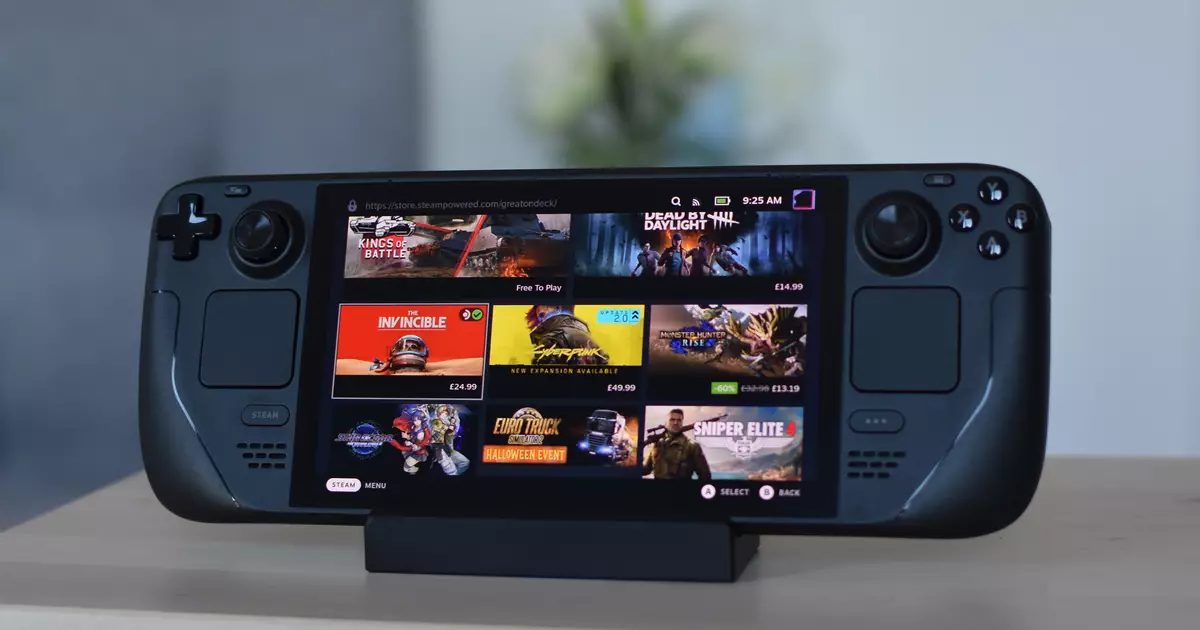In the ever-evolving landscape of gaming technology, Valve Corporation continues to pique the curiosity of gamers and tech enthusiasts alike with hints of a new hardware venture. Following the success of their previous devices, such as the Valve Index and the Steam Deck, reports from NotebookCheck suggest that Valve’s next innovation may delve into ARM architecture—a move that could redefine gaming hardware once more.
ARM architecture is increasingly gaining prominence in the tech world, being the backbone of devices like the Nintendo Switch and Apple’s M-series chips. Unlike the traditional x86 architecture that has dominated the PC gaming space, ARM processors are renowned for their power efficiency, making them an appealing option for portable devices. This power efficiency could offer Valve a pathway to creating new gaming devices that last longer on a single charge, an essential factor for handheld consoles and wireless VR headsets.
A recent discovery by SteamDB revealed an intriguing application named ‘ValveTestApp3043620’, tied to an array of popular PC games. This application is marked with tags like ‘proton-arm64ec’ and ‘proton-arm64ec-experimental’. This raises intriguing questions—could Valve be laying the groundwork for a version of Proton that supports ARM64 processors? If so, it may signal a significant shift in how games are delivered and played, allowing for smoother cross-platform experiences and enhanced performance on increasingly popular ARM-based systems.
Should Valve indeed pivot toward an ARM-based hardware platform, the implications for gamers could be substantial. Foremost among these is the potential to bring a wider array of titles from mobile gaming into the Steam library, thereby overcoming the limitations that x86-exclusive gaming has imposed. As mobile gaming continues to stretch its influence across various demographics, such an integration could cultivate a more versatile gaming ecosystem.
However, this potential transition is not without its challenges. While ARM chips are indeed powerful, a vast majority of PC games are still tailored to perform optimally on x86 architecture. This discrepancy could lead to performance issues, particularly when it comes to maintaining frame rates and smooth gameplay. Valve’s expertise with Proton might help bridge these gaps, but the road to achieving a seamless experience on ARM could require significant advances in compatibility solutions.
As speculation brews about Valve’s intentions, there are several possibilities on the horizon. While some hope for a new and improved version of the Steam Deck—potentially transforming it into an ARM-powered powerhouse—others suggest the rollout of a standalone VR headset, capitalizing on the efficiency gains afforded by ARM architecture. Either scenario could provide gamers with unprecedented experiences, but they would necessitate extensive development and careful planning.
It’s also worth considering Valve’s commitment to its hardware ventures. Having been involved in the gaming hardware sector for over a decade, it seems unlikely Valve will abandon its pursuits. Instead, the company could be exploring how to enrich its hardware offerings by integrating ARM-related innovations into its next-generation devices. This would not only signify an evolution in Valve’s capabilities but also a shift in the gaming market as a whole.
Valve’s possible exploration of ARM architecture is an exciting, albeit cautious endeavor. The promise of energy efficiency and improved device performance stands juxtaposed with the considerable challenges of compatibility and developer adaptations. However, if Valve can effectively harness the potential of ARM, it might pave the way for a new generation of gaming hardware that redefines user experiences. As enthusiasts await more concrete details, one thing remains clear: the future of gaming hardware is undoubtedly vibrant with possibilities.

